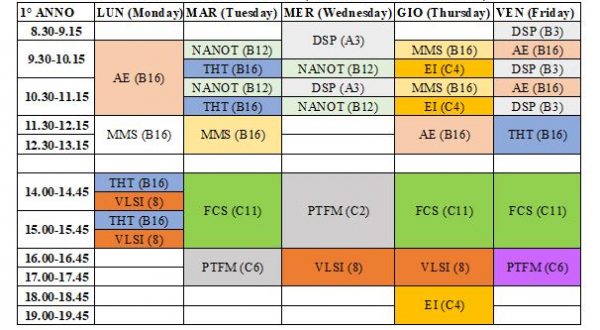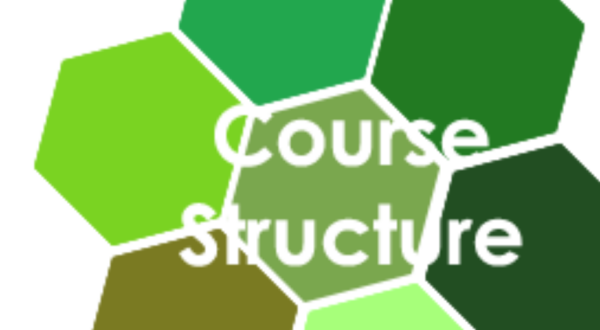
Class Schedule and Exams
A.Y. 24-25 – I Semester: 23/09/2024 – 18/01/2025 A.Y. 24-25 – II Semester: 03/03/2025 – 14/06/2025
Last news
Erasmus Overseas 2025-26
March 11, 2025
ERASMUS+ A.A.2025-2026 – meeting 5 February 2025
January 30, 2025
INTERNATIONAL OPEN DAY 2025
January 9, 2025
SAP – Students Ambassador Program – Tor Vergata University
December 3, 2024
 UNIVERSITA' DEGLI STUDI ROMA "TOR VERGATA"
UNIVERSITA' DEGLI STUDI ROMA "TOR VERGATA"










